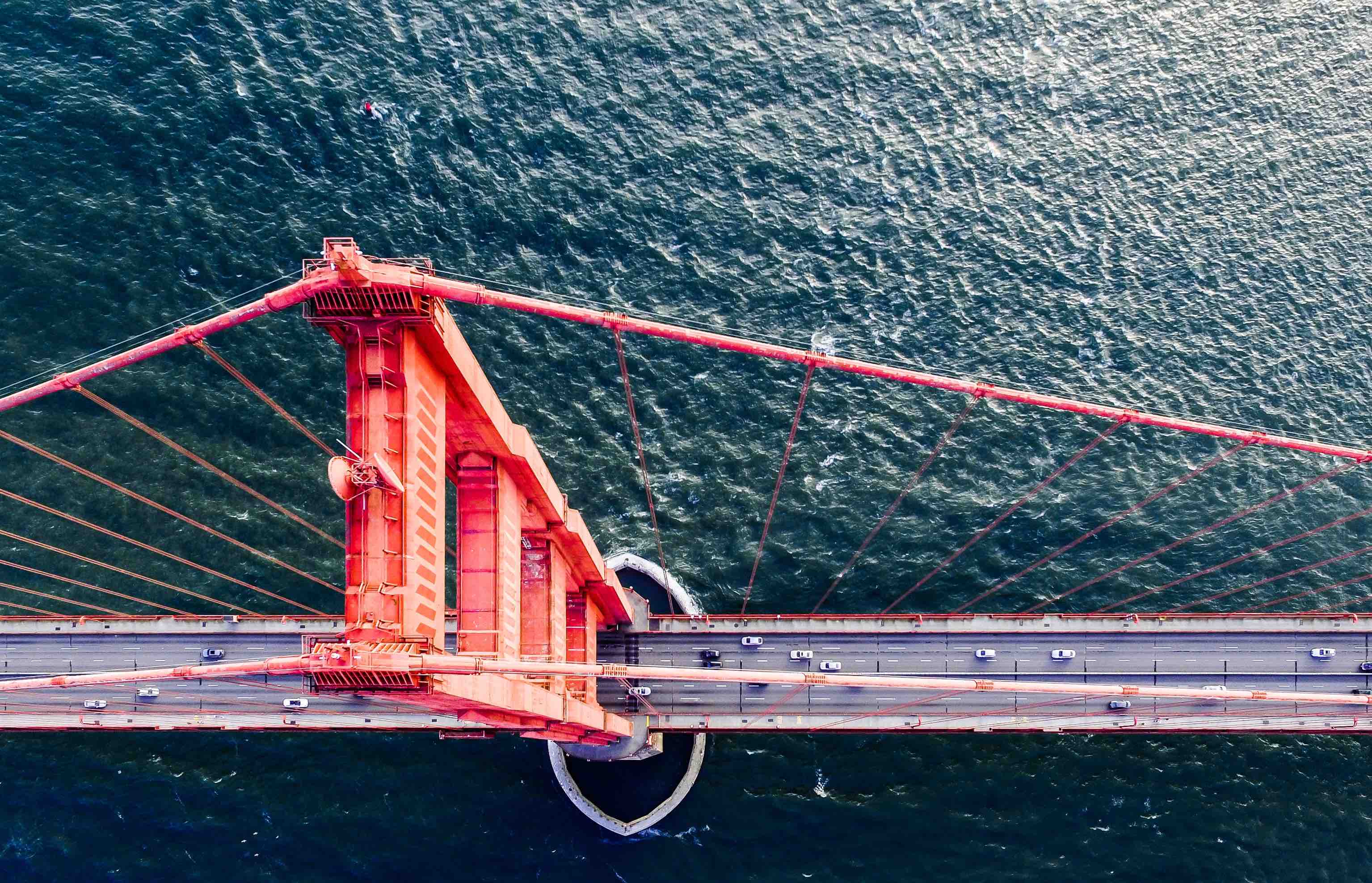Have a story idea
Have a story idea? Send it to us here.

Source : Unsplash
November 3, 2023
Author : Patty Allen
In recent years the American Society of Civil Engineers (ASCE) has upgraded the United States' infrastructure grade from a "D+" in 2017 to a "C-" in its 2021 report card, which is the highest rating in two decades.
The USA measures a whopping 9.834 million sq. km and covers most of North America. To sustain and boost the country's $25 trillion economy, an extensive and robust infrastructure network is needed, which also must be in ship-shape.
Poor conditions of roads and bridges can increase transportation time, vehicle damage, and traffic congestion, which ultimately boils down to money drain. Although the USA is one of the pioneers in the world, its internal conditions speak something entirely different.
Roads, railways, electrical grids, and internet networks were constructed decades ago and are presently struggling to keep pace with current demands. While economists say the rising maintenance costs and construction delays are holding economic performance back, the civil engineers cautioned that outdated bridges and water infrastructures may result in safety hazards.
Regarding spending and infrastructure quality, the US lags behind other developed Nations.
According to economists, the nation's remarkable post-World War II growth was largely due to the substantial infrastructure investment made in the 20th century. But the same doesn't hold true two decades into the 21st century.
Inadequate maintenance of infrastructure not only costs billions of dollars in lost economic production and puts human safety at risk from catastrophic events like bridge collapses or dam breaches.
Nevertheless, the organization calculated that if nothing is done, the United States might lose $10 trillion in GDP by 2039 due to an "infrastructure investment gap" of around $2.6 trillion this decade.
The biggest portion of funding requirements will go toward transportation. According to the American Road and Transportation Builders Association, 7% of bridges are structurally weak, and one in three must be replaced or repaired. Nonetheless, the quality of bridges requiring maintenance has consistently declined over the past ten years.
Despite being home to some of the world's busiest airports, American aviation infrastructure is overburdened and deplorable; in 2022, the Department of Transportation's Bureau of Transportation Statistics estimates that 20% of all arrivals and departures will be delayed.
The nation's rail network is not that great compared to other developed nations across the globe. About 28% of the country's freight transit by tons-miles is handled by the highly developed commercial rail system in the United States, much of which is owned by the private freight business.
According to ASCE, Amtrak, the primary intercity passenger train service in the United States, has an estimated backlog of more than $45 billion for repairs.
According to EPA (Environmental Protection Agency) estimates, over the next ten years, drinking water and wastewater systems will need to be upgraded with at least $744 billion in additional investment.
The US electrical grid operators are also finding it difficult to make the required expenditures, and the growing number of power outages is costing the country billions of dollars.
Experts warn about the broadband gap, where low-income and rural areas lack the infrastructure necessary to provide broadband or reliable and fast internet service.
According to a Federal Communications Commission assessment from 2021, over 14 million Americans, most of whom reside in rural areas, do not have access to any internet connections.
Compared to other developed nations, the US typically lags behind in infrastructure development. An examination conducted over the past 20 years indicates a steady decline in the quality of US infrastructure relative to its counterparts. Among the group of 20 Nations, US infrastructure investment is comparatively low.
The IIJA allocates an additional $550 billion for the upgradation of physical infrastructure, encompassing roads, bridges, railroads, airports, and water systems. The other $650 million in funding comes from standard allotments to infrastructure projects.
Additionally, the plan allocates tens of billions of dollars to the modernization of the American electrical infrastructure, the promotion of electric vehicle adoption, and the expansion of broadband internet access.
The implementation of the IIJA has reportedly delivered over $280 billion in announced financing for around 7000 projects, with at least $120 billion going towards the roadways, according to the White House's August 2023 report.
Category : Investment in Infrastructure
